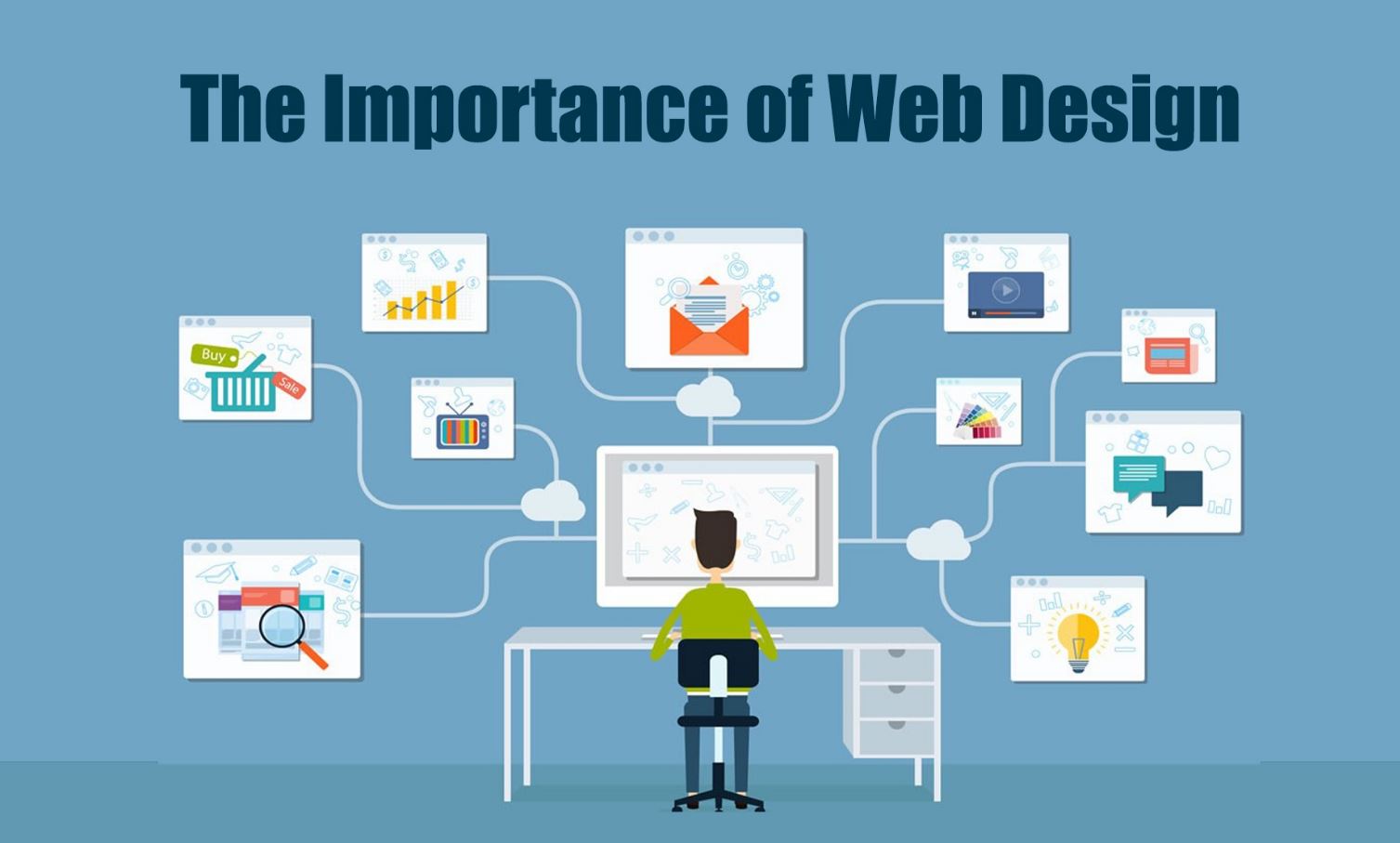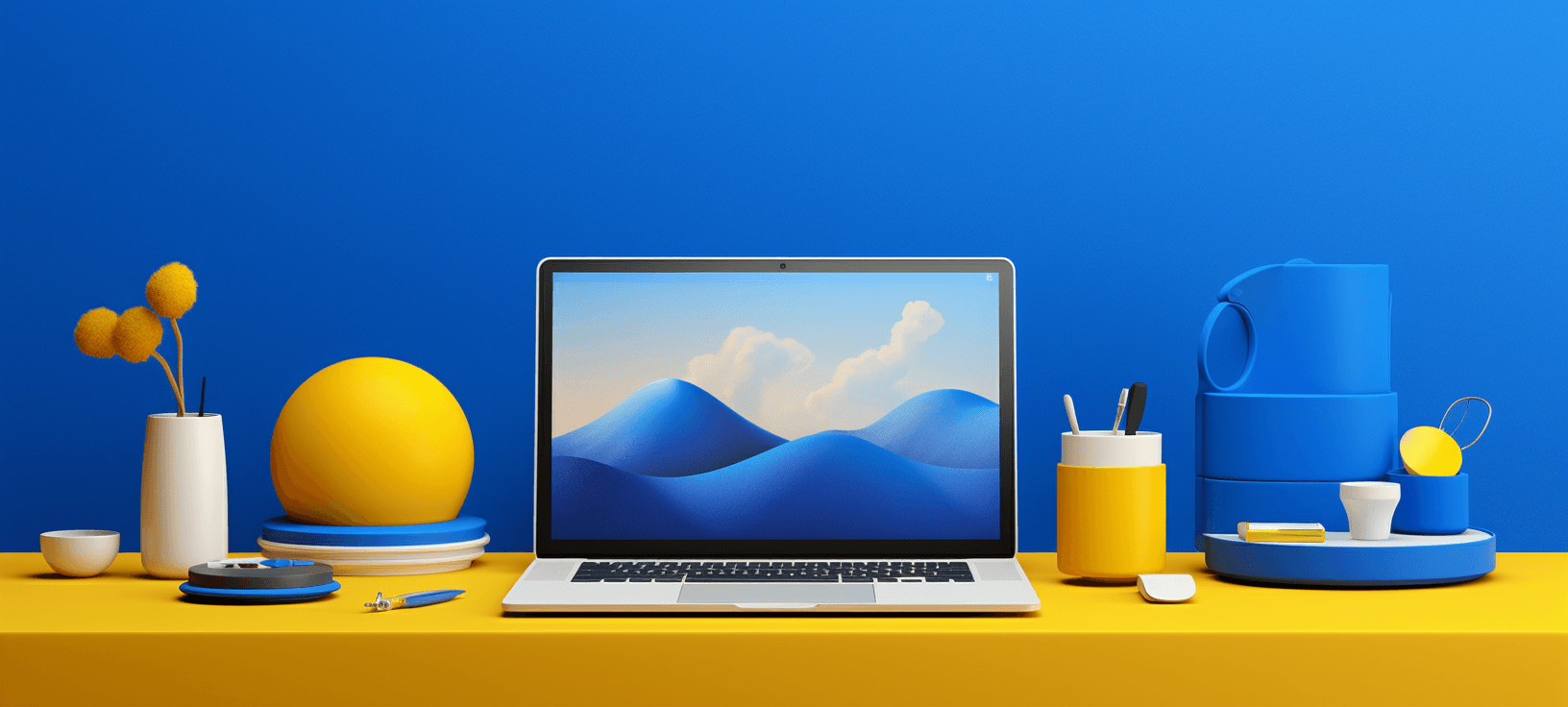Why Web Design and User Experience Must Go Hand-in-Hand for Success
Why Web Design and User Experience Must Go Hand-in-Hand for Success
Blog Article
Elevate Your Online Visibility With Sensational Website Design Tips and Trends
The interaction of aesthetic allure, current design fads, and customer experience plays a critical function in accomplishing this objective. The nuances of effective layout prolong beyond aesthetics; recognizing vital strategies for optimization can significantly impact your success.
Value of Visual Appeal
This fact highlights the vital duty that aesthetics play in individual engagement and retention. Reliable aesthetic design includes components such as color plans, images, format, and typography, all of which contribute to a natural and appealing customer experience.
Furthermore, an aesthetically attractive site infuses a feeling of integrity and expertise. Users are more probable to trust a site that looks sleek and well-structured, which can significantly affect conversion rates. Conversely, a unappealing or messy layout can result in high bounce prices, as customers might regard the internet site as unreliable or out-of-date.
In addition, the appearances of a web site can convey brand identification and worths (Web design). Regular use branding components, such as logo designs and color combinations, strengthens recognition and promotes a deeper link with the audience. To conclude, focusing on aesthetic allure is essential for creating engaging, reliable, and brand-aligned online experiences that reverberate with customers
Existing Layout Patterns
Modern website design is constantly advancing, and staying upgraded with existing patterns is important for creating impactful on-line experiences. One noticeable pattern is the increase of minimalism, characterized by tidy lines, adequate white space, and a concentrate on necessary aspects. This approach not just enhances use yet likewise allows web content to take spotlight.
Furthermore, dark mode interfaces have actually gained appeal, supplying users with an aesthetically striking alternative while reducing eye pressure. This trend straightens well with individual preferences, offering a modern-day aesthetic that is both functional and stylish.
An additional noteworthy pattern is the incorporation of vibrant typography. Designers are progressively using big, meaningful font styles to develop visual pecking order and communicate brand name messages successfully. Coupled with lively shade palettes, this pattern includes dynamism to websites.

Necessary Style Aspects
Reliable website design rests on several necessary design components that together produce a appealing and natural user experience. The very first of these components is layout, which dictates just how content is organized on the web page. A well-structured format not only improves readability but likewise guides individuals through the site perfectly.
Shade plays a critical role in style, affecting feelings and brand understanding. An unified shade palette can evoke certain sensations and develop an aesthetic pecking order, consequently attracting attention to crucial components. Typography is essential; the selection of typefaces must align with the brand identity and guarantee clarity across tools.
In addition, whitespace is usually forgotten however is important for creating equilibrium. It assists prevent mess, enabling individuals to concentrate on the crucial aspects without distraction.
Finally, consistency across all style components reinforces brand identity and makes navigation instinctive. By meticulously including these vital design aspects, web developers can produce useful and visually attractive websites that astound visitors and encourage communication.
User Experience Optimization
A smooth customer experience is important for maintaining visitors and driving conversions on an internet site. Optimizing user experience (UX) involves comprehending your target market and tailoring style aspects to fulfill their requirements properly. Secret elements of UX optimization include user-friendly navigating, quickly packing times, and clear phone call to activity.
To enhance navigating, make certain that food selections are arranged logically and available from any type of page. Include breadcrumb trails more info here to assist users easily backtrack, reducing frustration. Speed is an additional crucial aspect; web sites must pack within three secs to avoid customers from deserting the site. Utilize tools like picture compression and browser caching to maximize tons times.
Furthermore, your web site's style need to prioritize quality. Usage readable fonts, contrasting colors, and whitespace to develop an aesthetically attractive design that guides users with web content easily. Calls to activity ought to be plainly shown, using actionable language that motivates individuals to involve.
Mobile Responsiveness Techniques
Virtually fifty percent of all internet traffic currently originates from mobile tools, underscoring the value of implementing robust mobile responsiveness methods. To make certain optimal individual experience throughout various display sizes, internet designers should accept a fluid grid format that adapts flawlessly to different tools. This approach permits material to restructure and resize without endangering capability or aesthetic appeals.
Incorporating adaptable photos and media questions is essential. Images ought to automatically change their dimension according to the viewport, while media questions can discover device attributes and apply customized CSS styles as necessary. This strategy enhances tons times and guarantees that customers have a visually enticing experience.
In addition, prioritize touch-friendly navigating elements. Buttons and web links must be easily tappable, with ample spacing to avoid misclicks. Preventing hover-dependent interactions better improves usability on touchscreens.
Last but not least, conducting normal testing across numerous devices and web browsers is essential. Tools like Google's Mobile-Friendly Examination can aid determine locations needing find more info renovation. By taking on these mobile responsiveness techniques, organizations can boost customer engagement, boost search engine positions, and inevitably drive conversions, thus boosting their on the internet existence effectively.
Conclusion
By prioritizing visual charm through present style fads and necessary components, companies can cultivate reputation and interaction. Maximizing individual experience and ensuring mobile responsiveness are vital for assisting in smooth interaction across devices.

Alternatively, a chaotic or unsightly layout can lead to high bounce prices, as individuals may view the website as untrustworthy or out-of-date. - Web design
Effective internet style hinges on numerous essential style components that with each other produce a natural description and appealing customer experience. Optimizing customer experience (UX) involves comprehending your target market and customizing layout aspects to meet their requirements effectively.
Report this page